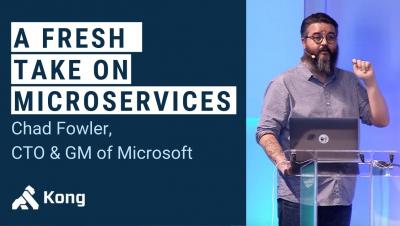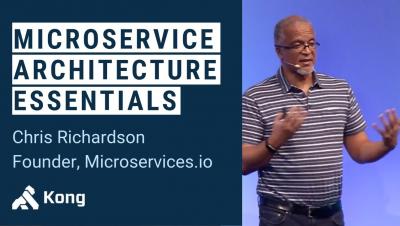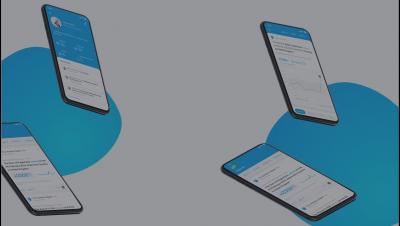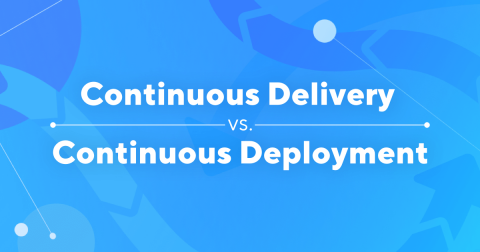Introducing Kuma: The Universal Service Mesh
We are excited to announce the release of a new open source project, Kuma – a modern, universal control plane for service mesh! Kuma is based on Envoy, a powerful proxy designed for cloud native applications. Envoy has become the de-facto industry sidecar proxy, with service mesh becoming an important implementation in the cloud native ecosystem as monitoring, security and reliability become increasingly important for microservice applications at scale.









